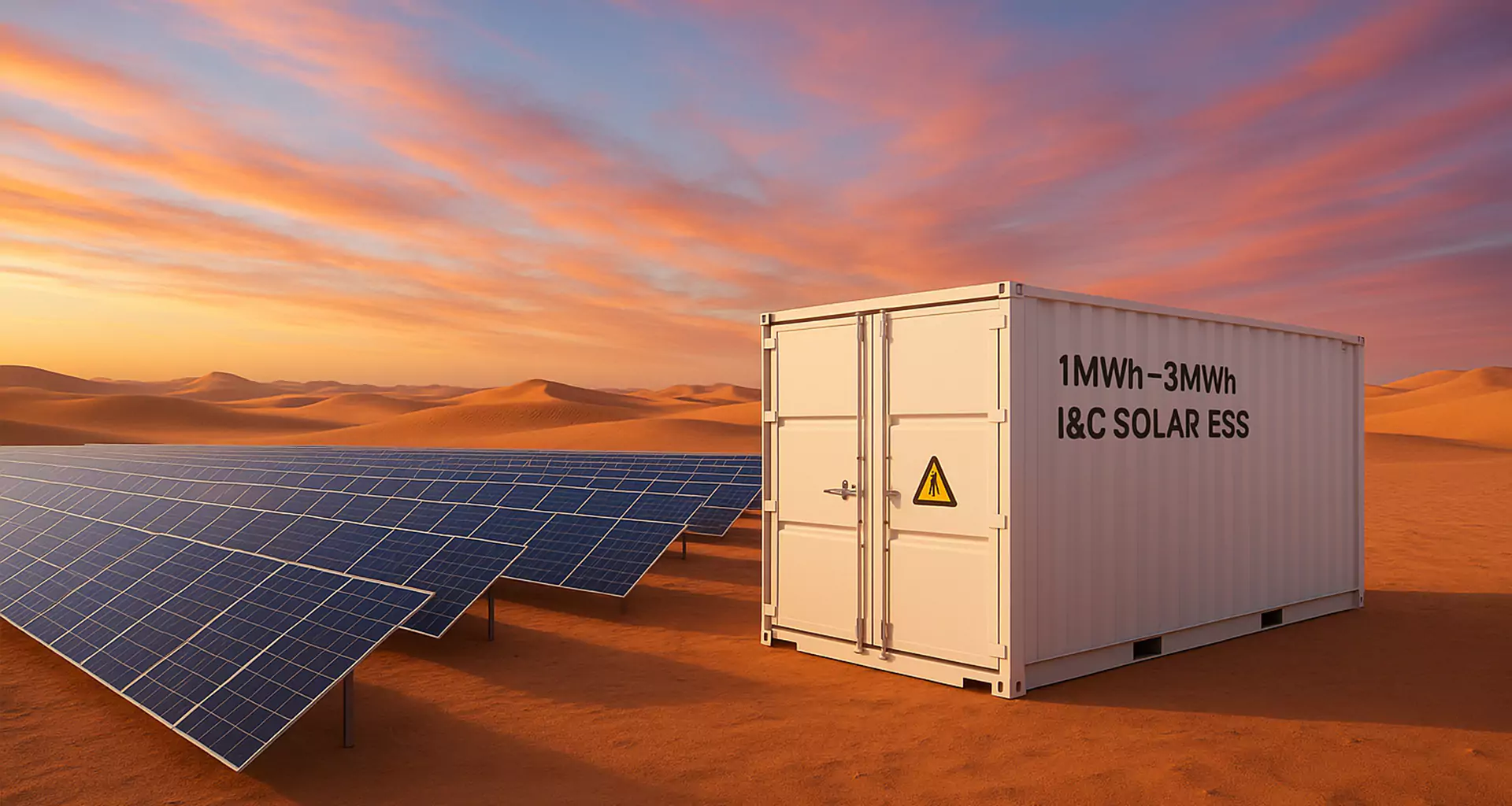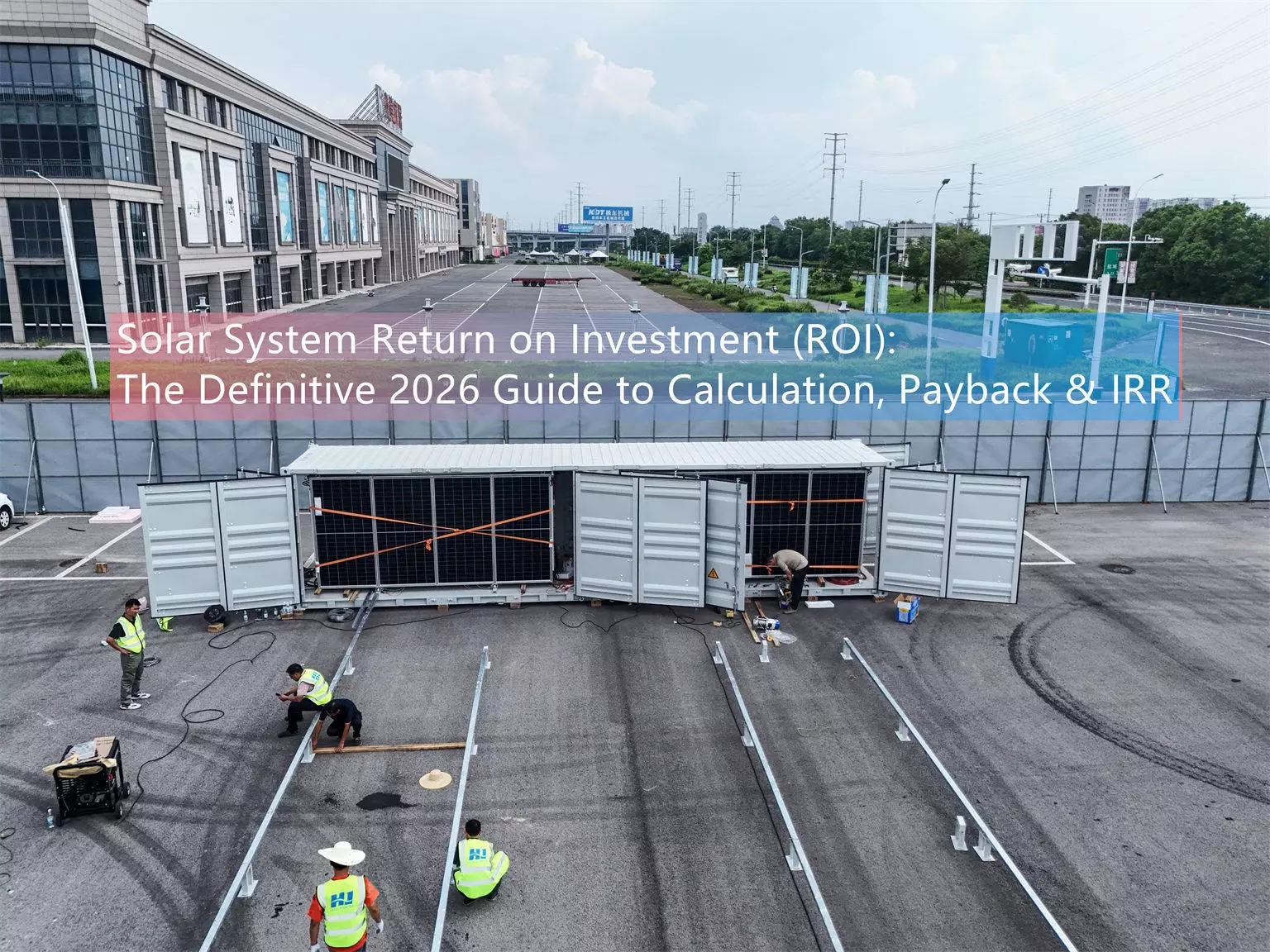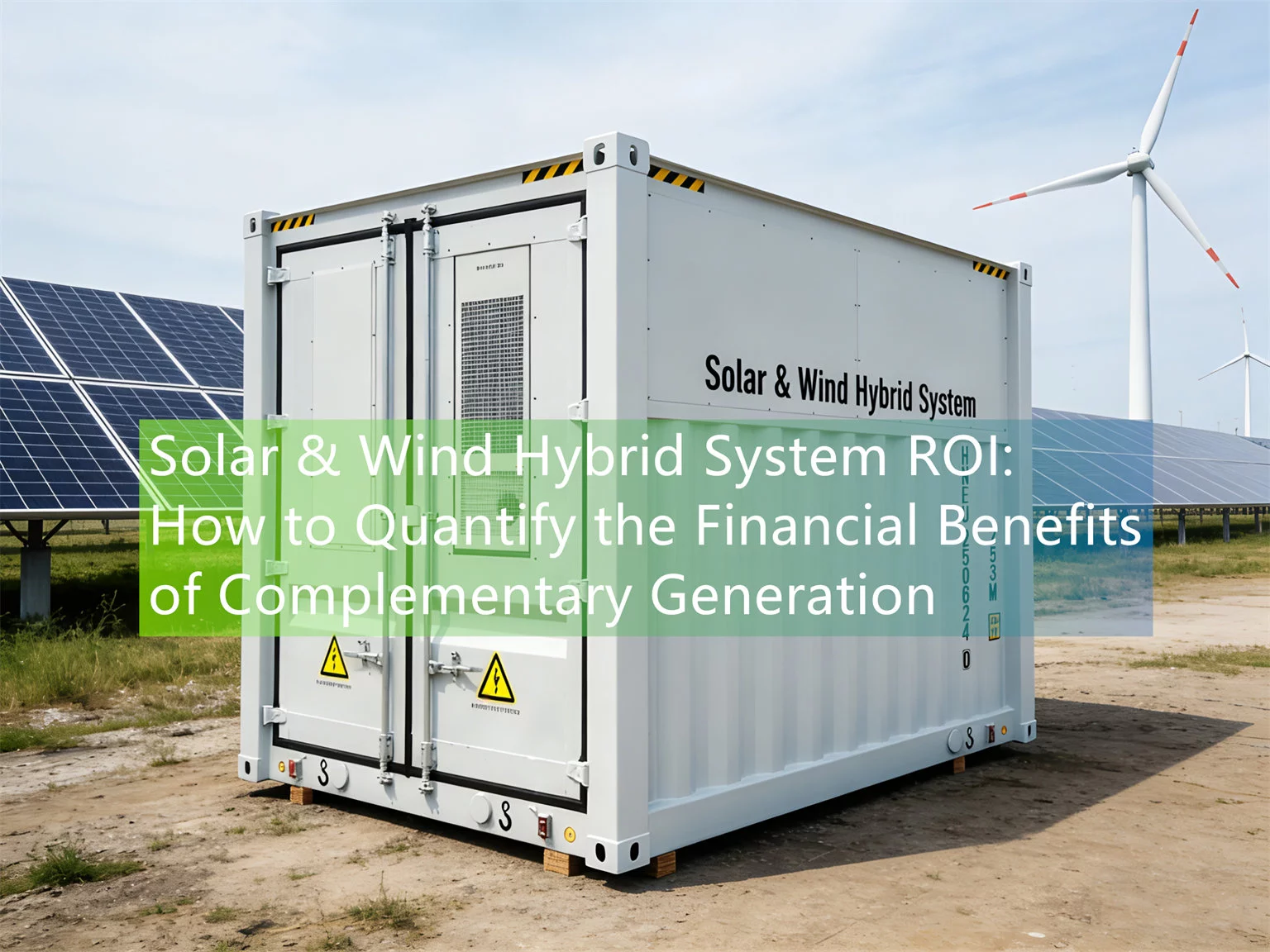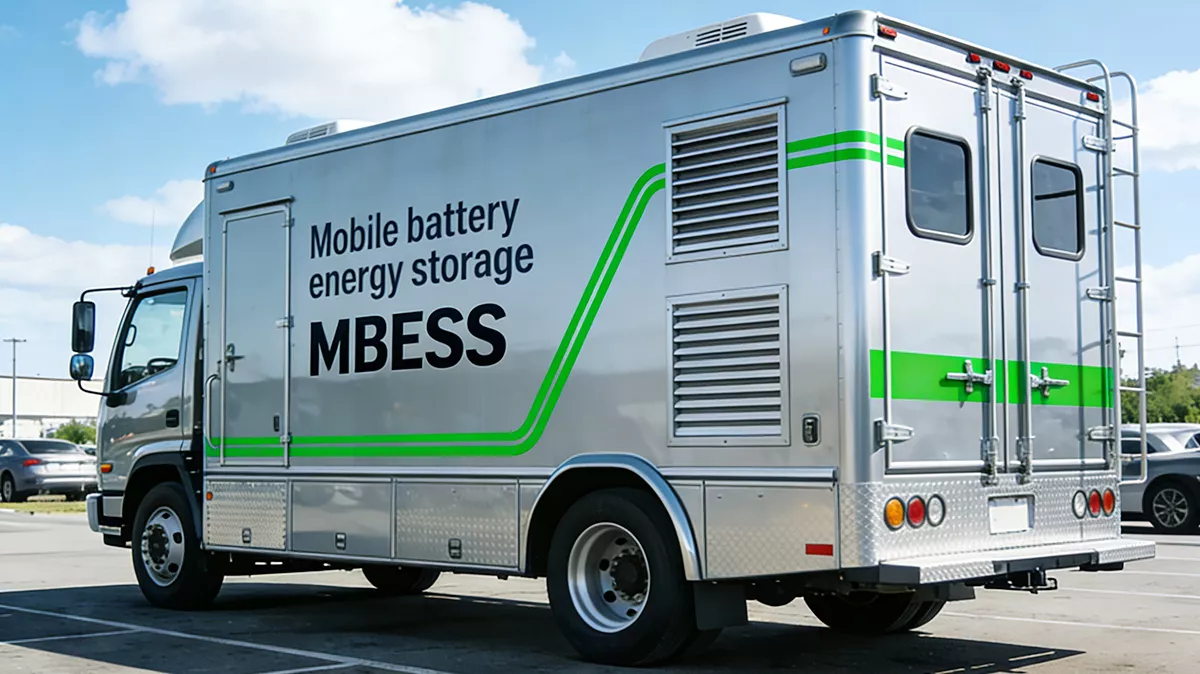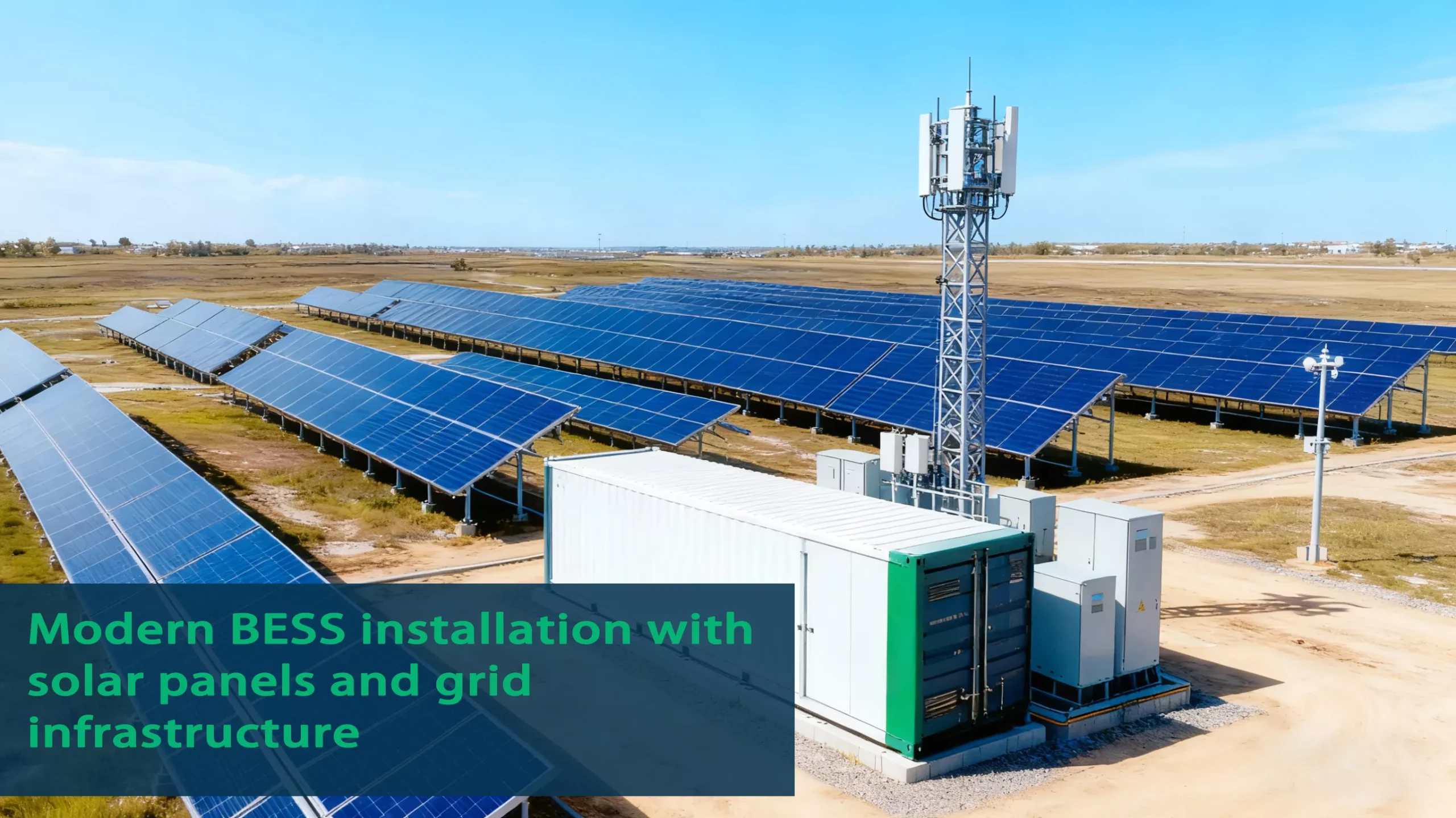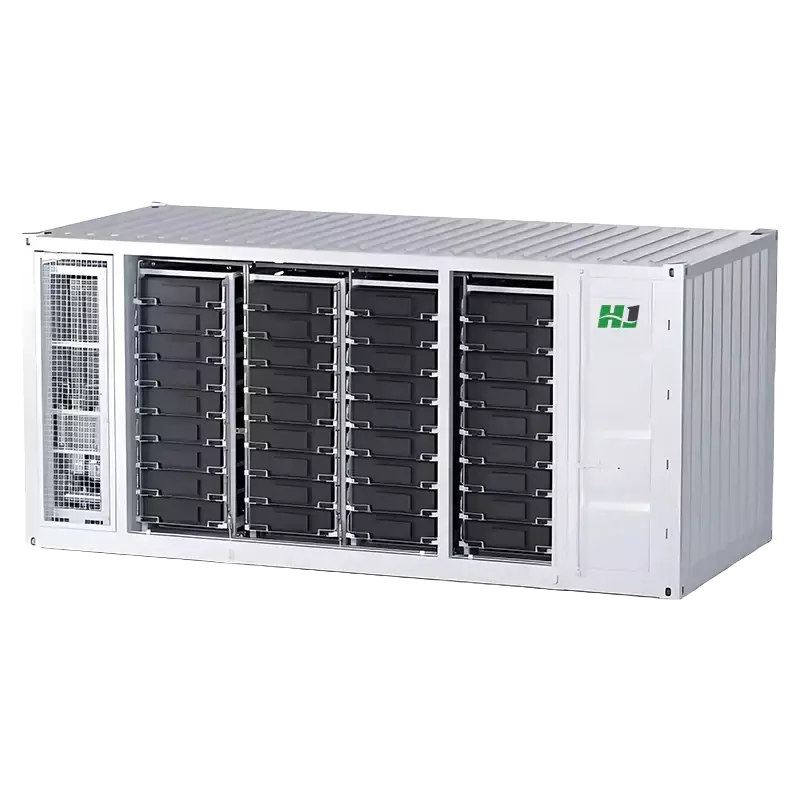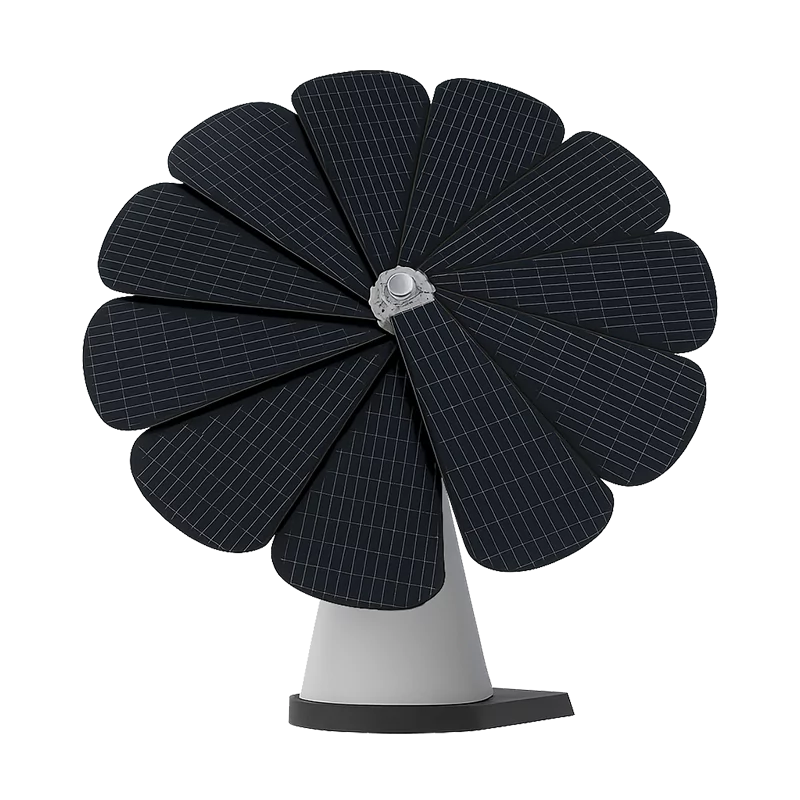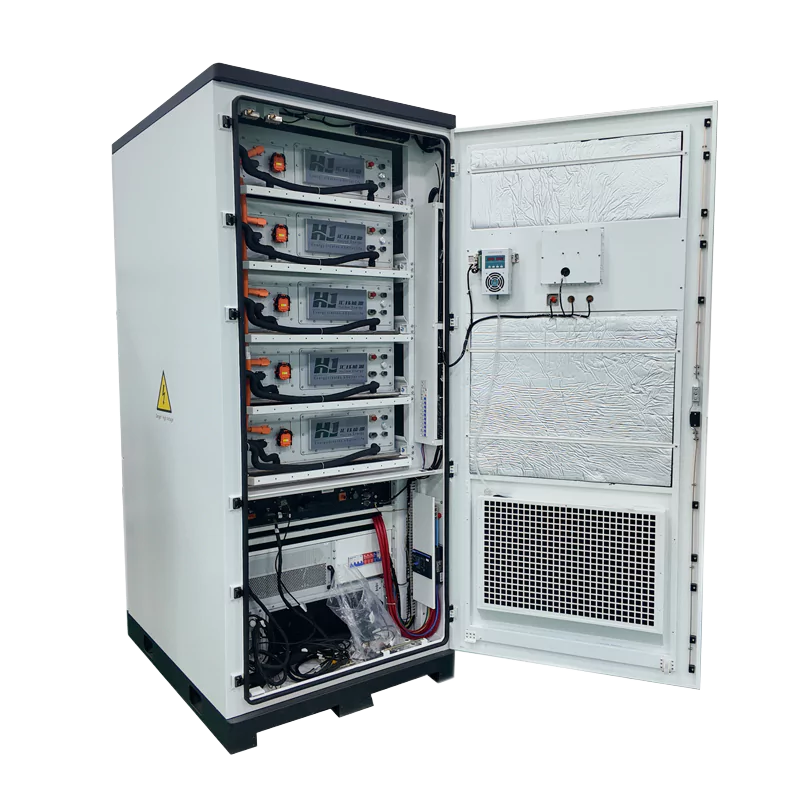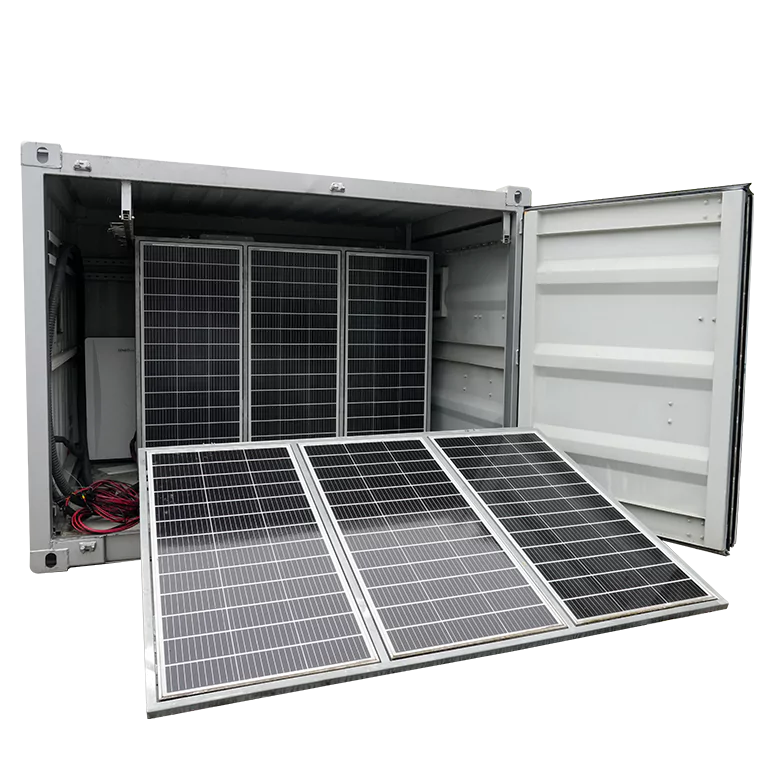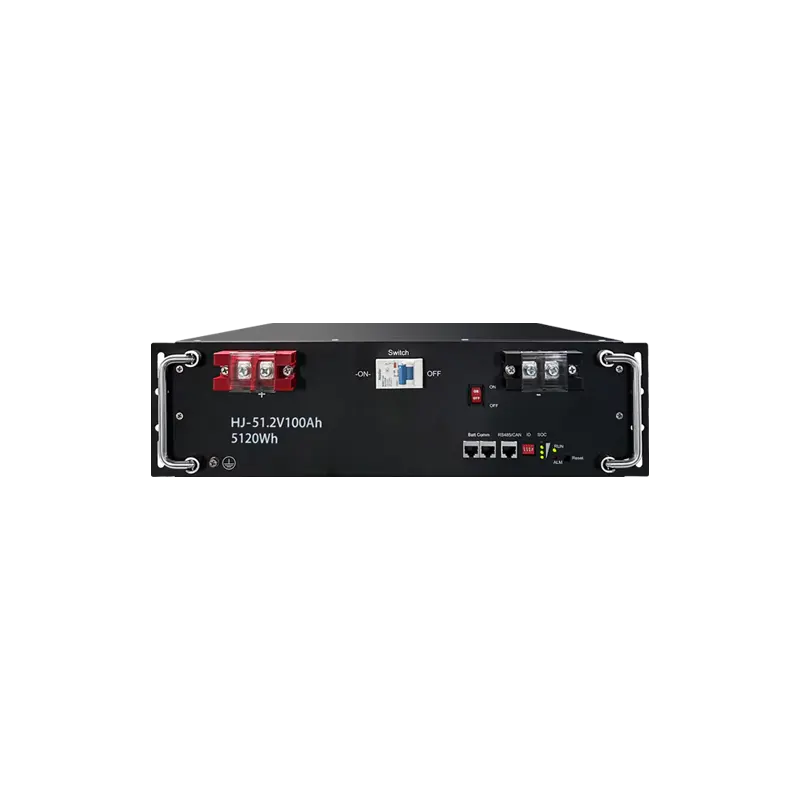Industrial Solar Storage Cost 2025: Pricing Guide, ROI Analysis & Real-World Cases
As industrial operations around the world transition to renewable energy, the demand for solar energy storage solutions has risen significantly. A common question is: How much will industrial solar energy storage cost? The answer in 2025 depends on multiple factors, such as system size, technology, and specific application. In this guide, we will break down the cost structure, demonstrate the value of different solar energy storage solutions, and help you understand how to choose the best system for your needs. We will also show how HighJoule strikes a balance between performance and cost-effectiveness to provide solar energy storage systems that meet a variety of industrial needs.
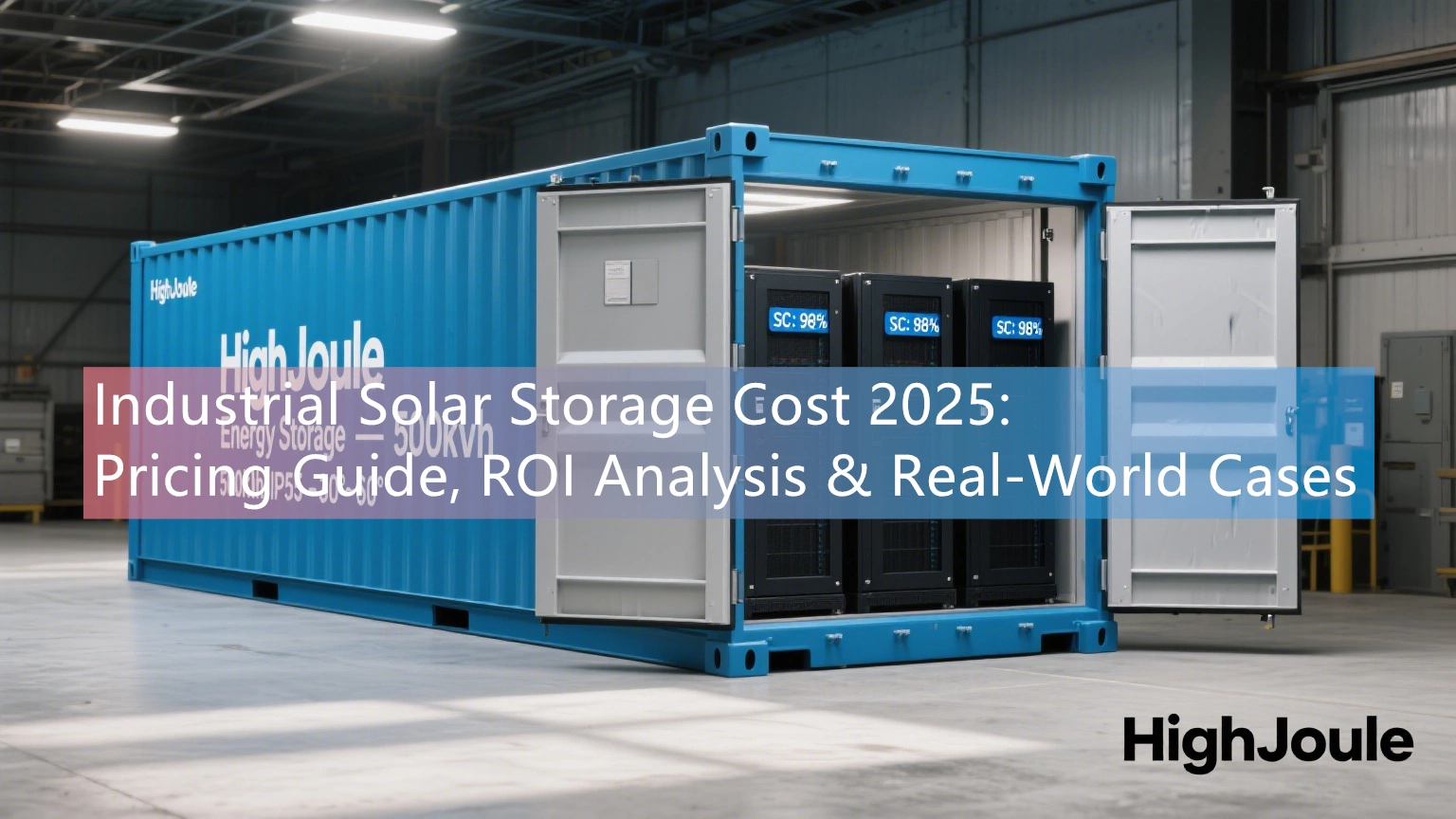
Key Factors Affecting Industrial Solar Energy Storage Costs
To ensure that you choose the best system, it is important to understand the key factors that affect pricing. Here is how the system’s capacity, technology, and integration play a role in pricing:
1. Capacity and size
- Small systems (50kWh–200kWh) are suitable for backup power for small factories or storage facilities and start at $30,000–$80,000. These systems are ideal for businesses that need to respond to grid outages at short notice.
- Medium-sized systems (500kWh–1MWh) are suitable for large manufacturing plants, distribution centers, or mining sites and are priced between $150,000–$400,000. These systems typically meet backup power, peak reduction, and emergency power needs at the same time.
- Large systems (1MWh+) are designed for industrial parks or grid-connected solutions and typically cost more than $500,000. These systems are scalable and well suited for large enterprises that require continuous, strong power support.
2. Technology Selection
Lithium iron phosphate (LFP) batteries have become the standard for commercial and industrial applications, and are favored for their long life, low maintenance, and high cost performance. LFP batteries can be charged and discharged for more than 6,000 times, which is significantly higher than the 2,000 charge-discharge cycles of lead-acid batteries. This makes them particularly suitable for long-term industrial use, where low maintenance and high performance are required.
3. Integration and Installation
- Standalone systems are specifically designed for backup power, are relatively inexpensive, and have low installation costs. But they are not as flexible as integrated systems (i.e., systems that connect to existing solar arrays, energy management systems, and the grid).
- Integrated systems offer more advantages, such as peak reduction, demand charge reduction, and grid support, but they require a higher initial investment. However, these systems can benefit from incentives such as the US Investment Tax Credit (ITC) or EU Green Deal subsidies, which can reduce initial investment.
Industrial Solar Energy Storage Costs: Detailed Breakdown
Here is a detailed cost breakdown of different industrial solar energy storage systems based on different operational needs and specific requirements. This table helps you intuitively understand the cost differences of different systems by capacity range and application scenario.
| System Type | Capacity | Estimated Cost | Technology | Typical Applications | Additional Features |
|---|---|---|---|---|---|
| Small Systems | 50kWh–200kWh | $30,000–$80,000 | Lithium Iron Phosphate (LFP) | Small Plants, Warehousing, Backup Power | Basic Backup, Low-Cost Solutions |
| Medium Systems | 500kWh–1MWh | $150,000–$400,000 | LFP, Hybrid Lithium Batteries | Manufacturing Plants, Distribution Centers, Mining Sites | Peak Reduction, Emergency Backup |
| Large Systems | 1MWh+ | $500,000+ | LFP, Advanced Lithium Batteries | Industrial Parks, Grid Connection | Grid Support, Scalability |
HighJoule’s Industrial Solar Energy Storage System: Value-Driven Specs
HighJoule’s industrial solar energy storage system is designed to meet the energy needs of various application scenarios. Here are several system models for different needs:

HJ-20FT container system:
- Capacity: 250kWh (expandable to 500kWh).
- Scope of application: Suitable for small industrial facilities or backup power solutions.
- Features:
- Temperature tolerance: -20°C to 55°C, suitable for harsh environments.
- Efficiency: >92% round-trip efficiency.
- Compact and modular design, saving installation time and cost.
HJ-40FT container system:
- Capacity: 1MWh.
- Scope of application: Suitable for large manufacturing plants, industrial parks and grid-connected systems.
- Features:
- Modular scalability, capable of integration with solar arrays and grid connections.
- Cycle life: 8,000+ times (can be used for more than 15 years).
- Supports peak reduction and demand response to reduce energy costs.
All HighJoule systems come with our Smart Energy Management (SEM) software, which reduces energy costs by optimizing charge and discharge cycles.
Real Case Studies: Customized Solutions for Different Industrial Applications
1. Manufacturing Plant
A food processing plant in Texas faced two main issues: frequent grid outages affecting refrigerated storage, and high demand charges. The company installed a HighJoule HJ-40FT 1MWh system with 500kW of solar panels.
Results:
- Reduced demand charges by 41%, saving $5,000 per month.
- Avoided 3 outages, saving $80,000 in downtime.
- The solar storage system covers 35% of total energy use, reducing electricity bills by $2,800 per month.
ROI: Estimated payback in 4.2 years, with more than 15 years of savings from the system.
2. Mining Operations
A remote mine in Australia previously relied on diesel generators with electricity costs of $0.30–$0.50/kWh. The mine installed a HighJoule HJ-20FT system to store solar energy during the day and reduce diesel use at night.
Results:
- Diesel consumption was reduced by 60%–80%.
- Annual fuel and maintenance cost savings of approximately $100,000.
- Annual carbon emissions reduced by more than 300 tons.
3. Textile Mills
A textile mill in China implemented a solar energy storage system with predictive load shifting technology. The system is designed to optimize energy use during peak hours.
Results:
- Energy costs were reduced by 35.23%.
- The cost of storing solar energy was only $0.0086 per kWh, a significant saving compared to the grid electricity price of $0.062/kWh.
How to choose the most suitable solution?
When choosing the best industrial solar energy storage system for your business, it is important to consider the following factors:
- System size: Small solutions are best for backup power, while medium to large systems are better suited for complete energy optimization and integration with existing infrastructure.
- Energy needs: If your business faces high demand charges or peak grid electricity prices, systems that provide peak reduction and demand charge reduction will be most valuable.
- Location and application: Systems designed for remote or harsh environments, such as mining sites or remote manufacturing facilities, require greater durability, while urban manufacturing plants may be more focused on the ability to connect to the grid.
HighJoule’s flexible systems are designed to meet all of these needs, offering a variety of capacities and configurations to match different energy needs.
Conclusion: Maximizing ROI with HighJoule Industrial Solar Energy Storage
In 2025, industrial solar energy storage is no longer just a means to save energy, it has become an important part of business strategy. Whether it is a small factory, a mining operation or a large industrial park, there is a solar energy storage solution to reduce energy costs, improve energy security and improve operational efficiency.
HighJoule provides competitive, scalable and efficient solar energy storage solutions with industry-leading support services. Ready to learn how solar energy storage can help your business? Visit HighJoule Products and get a custom quote.
Find Your Solar + Battery Storage Specialist Now!
* Fill out this form and our experts will help you find the perfect solar storage solution for your home or business.


